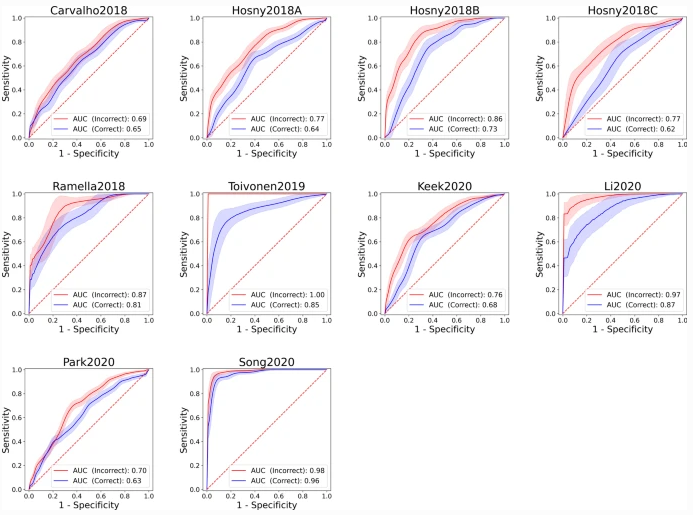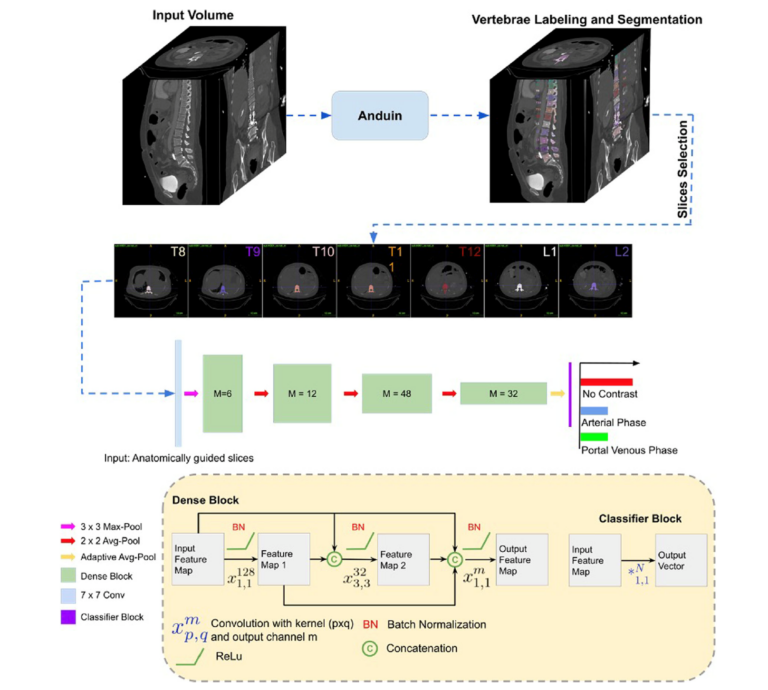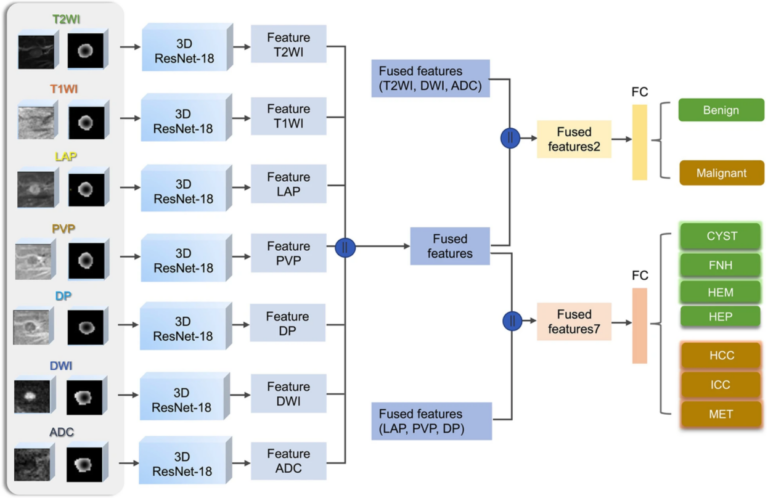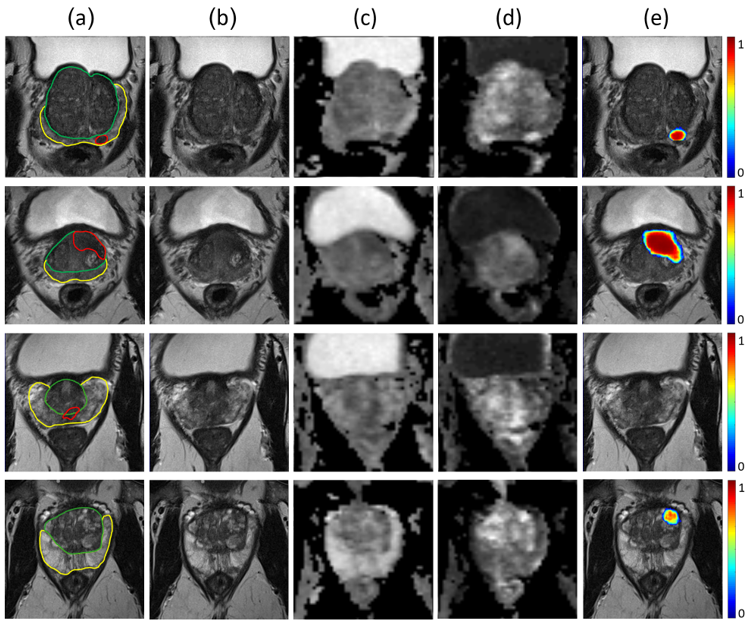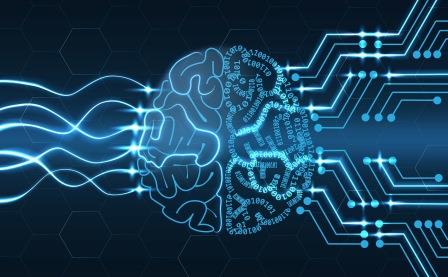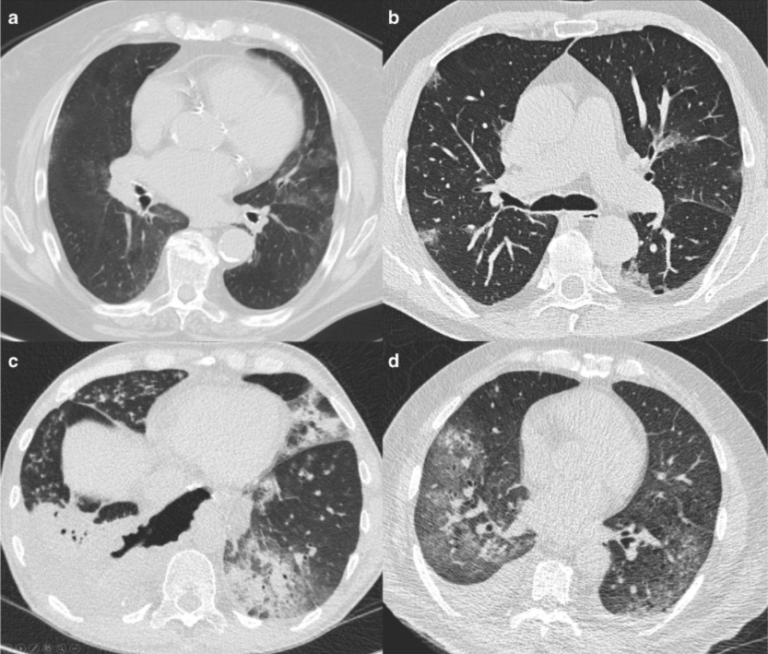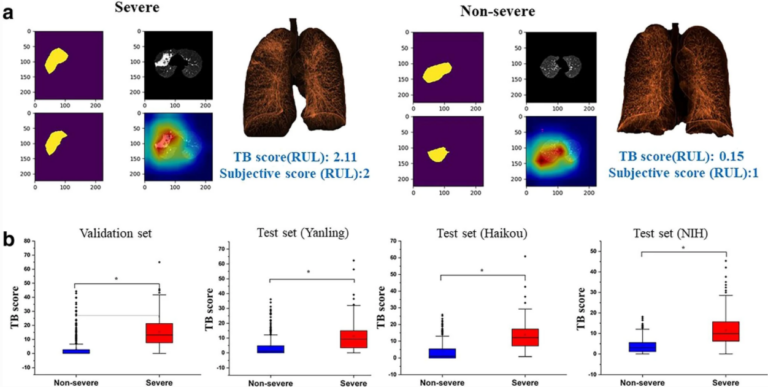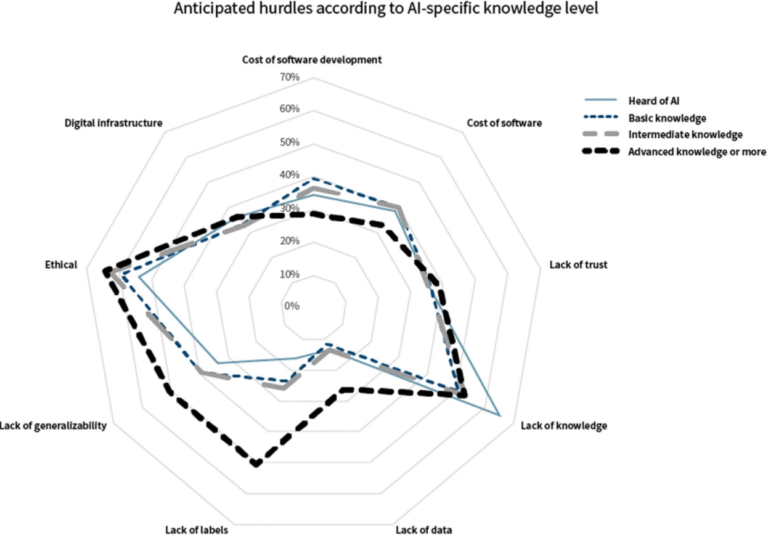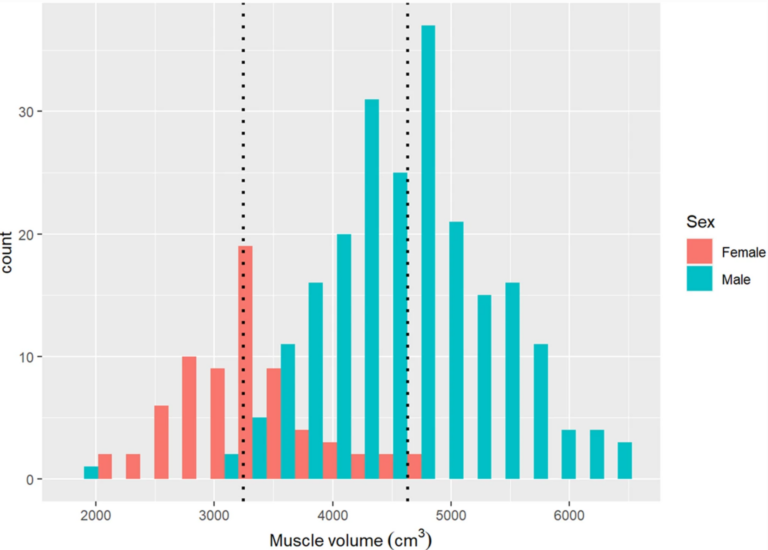
Automated AI to predict survival post cystectomy
In this study, the authors developed a fully automated artificial intelligence (AI)-based image analysis tool for segmenting skeletal muscle of the torso and calculating the muscle volume. The authors were able to determine that the fully automated AI-based image analysis software was able to segment the skeletal muscle volume in over 97% of patients who were planning to undergo radical











